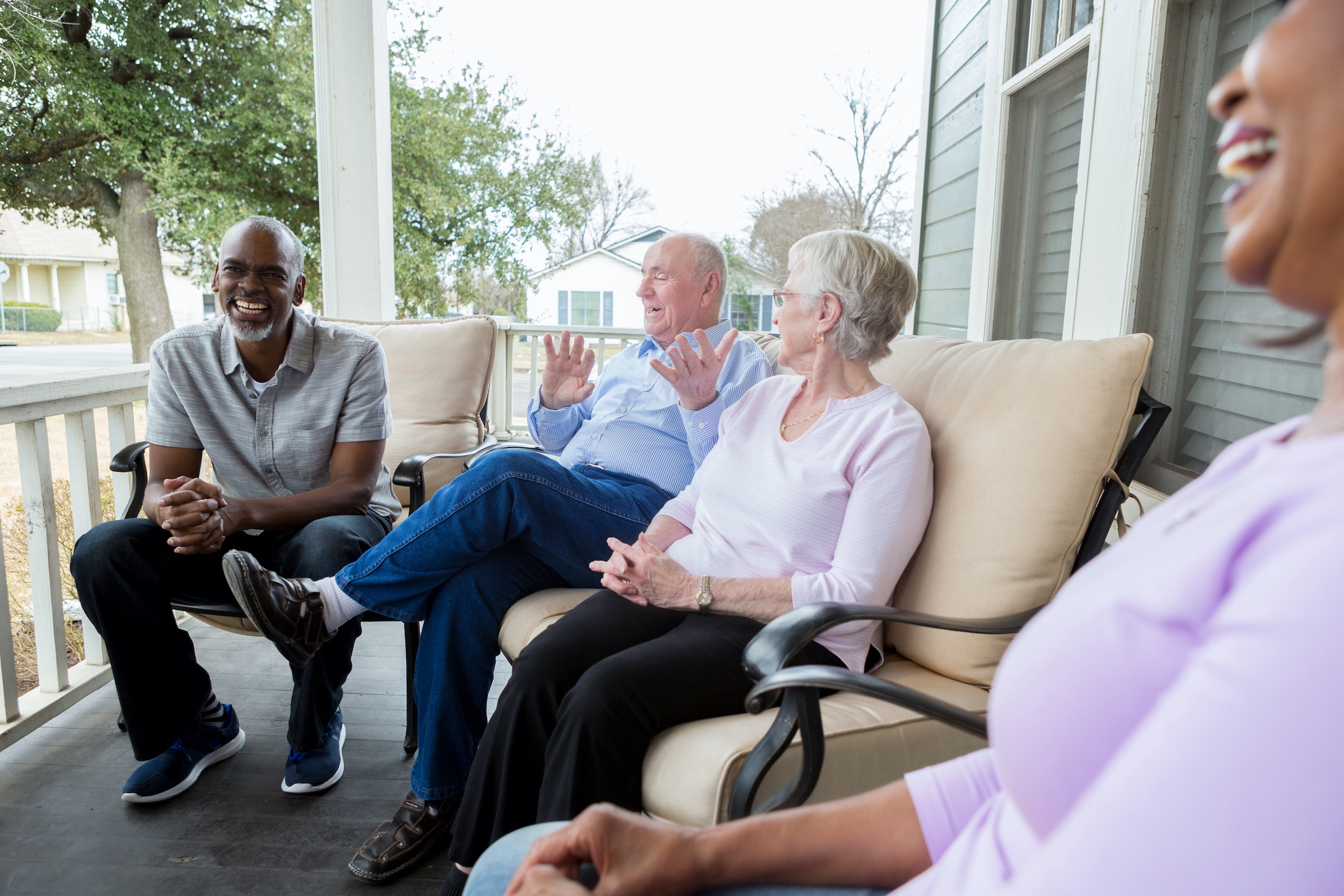This op-ed is co-authored by Brenda Wright, Vice President of Policy and Legal Strategies at Demos, and Adam Ambrogi, Program Director for Responsive Politics at the Democracy Fund. It first appeared in the Nov. 30 issue of The National Law Journal.
Shelley Zelda Small is a 62-year-old Los Angeles resident who believes in voting as a civic duty and has voted in every election since she was 19 years old. So when she moved from Encino, California, to West Hollywood in August 2014, and reported her address change to the Department of Motor Vehicles, she made sure to ask the DMV to update her voter registration as well. But when she arrived at her local polling place last November, she was told she was not on the registration rolls and was turned away – for the first time in her life, Small lost her opportunity to vote.
The good news is that, due to a new law approved this last month in California and advocacy by national and California-based voting rights groups, the DMV will be adopting an automated voter registration process that will, in most cases, seamlessly update voter registrations when voters report a move — solving the problem for Small and millions more like her.
In mid-November, another state took a major step in the right direction. Alabama, conceding that it had never truly complied with a registration law, settled a case with the U.S. Department of Justice. The agreement made important changes to how the state motor-vehicle agencies support voter registration for eligible Alabama residents. The case is notable because the DOJ has not brought an action against a state under the “motor voter” provision of the National Voter Registration Act since at least 2002. California and Alabama were not alone in needing to improve its registration process. It appears that many states are falling short on their obligations to make voter registration widely accessible at DMVs and other agencies serving the public, according to an extensive investigation by Demos, a public policy group. Potentially tens of millions of eligible voters are being left off the voter rolls as a result.
Reforming the voter registration process through state agencies such as DMVs is a policy reform that more states should consider. Moreover, states have strong incentive to do so because of the increasing scrutiny they are receiving on their handling of voter registration through their DMVs. Providing voter registration services at DMVs is already a requirement of a 20-year-old federal law, the National Voter Registration Act.
Passed with strong bipartisan support in Congress, the registration act simplified the process of voter registration in many ways — including the convenience of mail-in registration as well as ensuring the opportunity to register at government agencies such as DMVs, public assistance offices, military recruitment offices and other agencies serving the public on a regular basis.
The law was intended to ensure that eligible individuals have the chance to register to vote. The law promotes integrity at the same time, including “portability” of registration when voters make local moves and notify their DMVs.
However, there is a serious problem with the implementation of this law. There are estimates that the vast majority of Americans interact with the motor vehicle offices, with anywhere from 87 to 90 percent of eligible voters holding a driver’s license that must be renewed periodically and kept up-to-date with address or name changes. Agency registration provides the opportunity to register the vast majority of the eligible population to vote in an easy and secure way.
Neglected Responsibilities
But in recent years, too many states have neglected their obligations. In the recent study conducted by Demos, only eight states earned a designation of “high-performing” on their voter registration obligations at DMVs. Numerous states are falling short. In fact, if all the lower-performing states could perform at the current 75 percent level on Motor-Voter registrations, an additional 18 million eligible persons could register to vote in a two-year period. This is the least we can expect from government agencies charged with facilitating voter registration. Recently, voter advocates have begun the process of holding DMVs accountable. State officials in California were put on notice last summer that they were likely violating federal law by failing to ensure eligible persons can register successfully at state DMV offices, and hopefully will be moving to the head of the class with enactment of its new automated system. North Carolina also has been put on notice, and many other states need to examine their practices and work to improve their systems as well.
Compliance isn’t challenging and it doesn’t have to be costly. States like Michigan and Delaware have been performing incredibly well with one out of every two DMV transactions resulting in a new or updated registration. Compare that to California, where about one out of every 100 transactions resulting in a registration. Any argument that these improvements to the system hurts DMVs or increases wait times also doesn’t pass muster. Automating the system in Delaware reduced overall average wait times by 67%, leading to increased efficiency and (likely) happier DMV customers.
There are too many Shelley Smalls across the country who are being deprived of the most precious right in a democracy, the right to vote. While we are glad California figured out a way to address this problem in their state, many other states need to step up to the plate. Once they do, millions more eligible persons will have their voices heard in our democracy. We should demand no less.
Reprinted from the Nov. 30 issue of The National Law Journal (c) 2015 ALM Media Properties, LLC. Further duplication without permission is prohibited.

